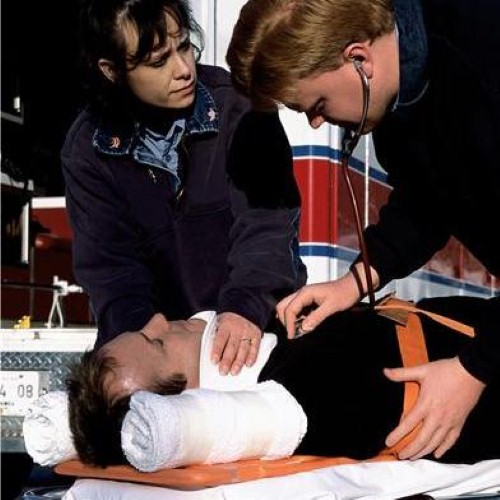A comprehensive business impact analysis needs to account for multiple scenarios, including negative ones. After Hurricane Sandy devastated the East Coast at the end of October, California hospitals took note and decided to take extra steps to ensure that their preparedness is at full strength.
This blog previously discussed how New York-area hospitals suffered during the storm, some forced to evacuate patients after backup generators failed and the facilities were still left without power. Hospital officials in California decided that after seeing strong organizations like that falter, it was necessary for them to rethink their business continuity plans.
Redlands Community Hospital held an earthquake disaster drill a few weeks ago, reported The Los Angeles Times. Doctors and nurses treated "victims" as if a 7.9 quake had hit the area, knocking out power and forcing the facility to run on two backup generators.
"If hospitals in a city like New York that is generally very well-prepared for emergencies weren't up to snuff for Hurricane Sandy, how well will other hospitals do under similar circumstances?" Arthur Kellermann, director of Rand Health, a nonprofit think tank in Santa Monica, told the news source. "You want your hospitals to serve as a pillar of strength rather than a site of disaster in need of rescue."
Kathi Sankey-Robinson, vice president of business development at Redlands, oversaw the tabletop exercises at the hospital. She explained that officials were really looking for the "bad and the ugly" with the drills, ensuring that all staff are properly prepared.
It's crucial for hospitals to have current and thorough business continuity plans in place. When Mother Nature strikes, individuals want to rest assured that medical facilities are able to handle the influx of the sick and injured.

